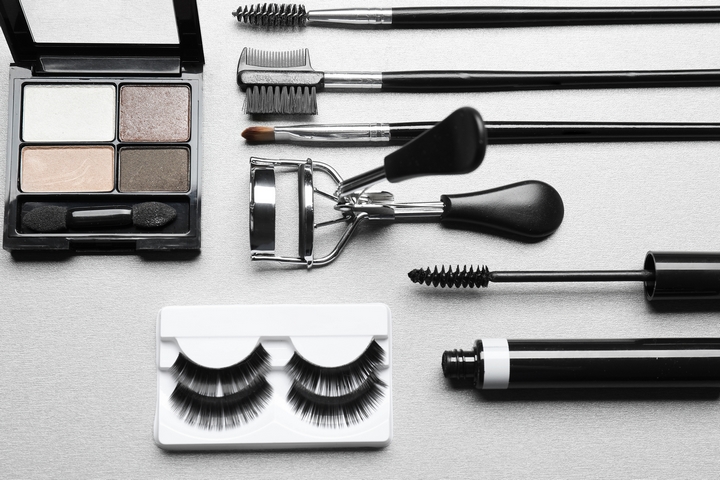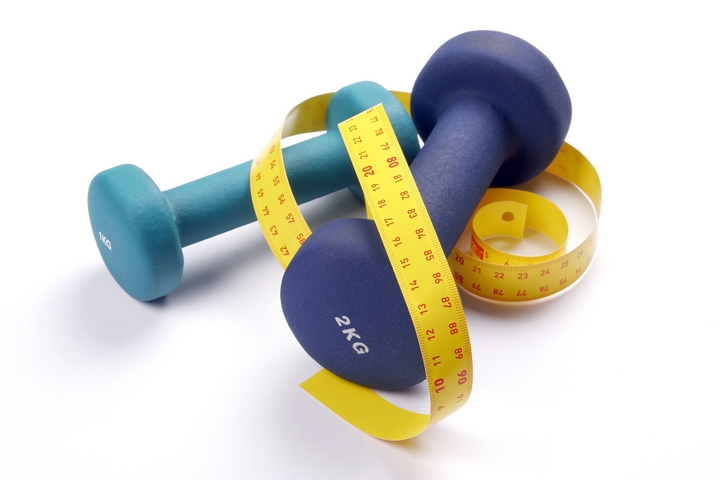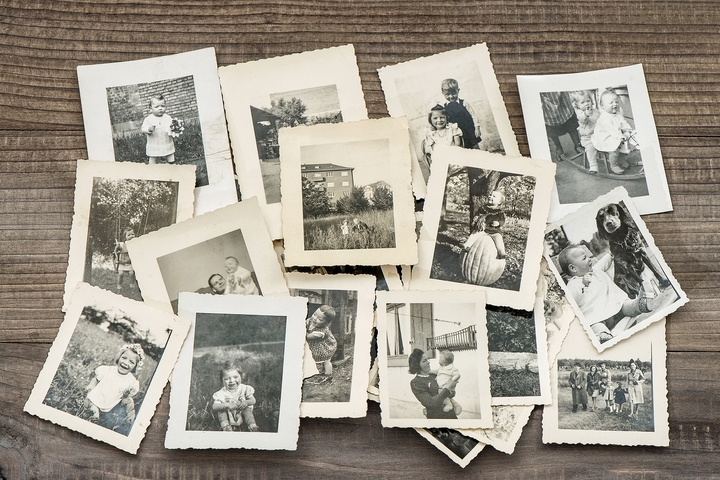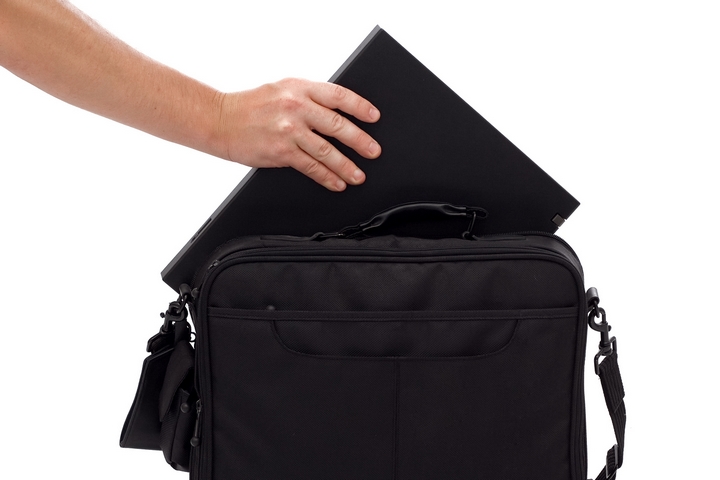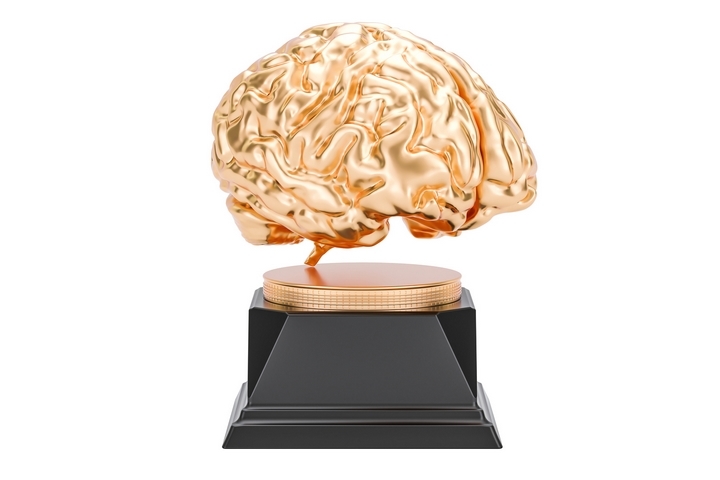
The goal of any product packaging design for PoP retail displays is to attract a customer to a product. It is therefore important to work with retailers when designing a product packaging since they understand customer behaviour and preference better than you do. This is because they interact with them daily and observe them as they make choices as to which product to choose from an array of similar products. In most cases, the winning product is one whose packaging design grabs the attention of a shopper.
Before you design your product packaging, visiting a number of stores where you aim to sell your products and observe how competing products are packaged is a very good idea. Go in during peak hours and observe which packaging design most shoppers are picking up. By doing this simple exercise, you will be able to establish which packaging designs outsell others. The following suggestions are highly useful when designing packaging for a product.
1. Box It!

Great gifts make an even greater impact when boxed. Box packaging may be a bit expensive than tags, cardboard backers, among other less-costly alternatives, but they make better packaging for gifts. For instance, a birthday present for a little girl looks even more enticing when boxed. Boxes are also popular with merchants since they provide secure packaging for their products in spite of excessive handling by customers.
2. Boutique Store Product Packaging

This type of packaging provides a clear window for the product with the product information featuring black, gold and white prints. This makes it stand out among other packages.
3. Seal Your Product Boxes

Customers are notorious for opening product boxes and then leaving them unwrapped. The resultant mess can make your products look less appealing. To keep your packages tidy, use a shrinkwrap, a sticker, or any other type of seal.
4. Provide a Demo Product for Shoppers

If you want your product to remain secured in the box but you want potential buyers to be able to touch or try it before making the decision to buy, a demo product is vital to have. This is hugely important since they want to know what they are buying before making a decision.
5. Suppress the Logo

Most customers shun products that splash the shop’s logo all over the product. Nobody wants to wear your product logo everywhere. You should, therefore, keep the logo as small and as inconspicuous as possible as opposed to smearing it all over your product.
6. Use Powerful Visuals

Shoppers’ attention to products on display is fleetingly short. Imagine a mom scanning products on a store shelf as a toddler relentlessly tugs at her clothing. Such a customer has almost no time to scrutinize various products on display. The one that has compelling visuals is likely to attract their fleeting attention. Your product should be able to give such a mom the big idea about your product in a visually compelling way.
7. Packaging Trumps Product

Packaging and not the product is what attracts customers to a product. This is because nothing tells your product’s story than the packaging. It explains benefits, lists your product’s features, introduces your style, and, ultimately, attracts a potential customer. If your product’s packaging lacks these vital ingredients, it will not stand a chance on the store shelves.
An effective packaging design communicates with your potential customers about the product enclosed within. It should be visually and structurally appealing to attract the fleeting attention of a frustrated mother scanning products on a store shelf as a toddler determinedly tugs at her clothing. Even in such scenarios, your product could outsell other superior products if it is designed appropriately.





